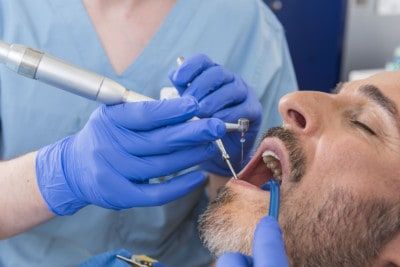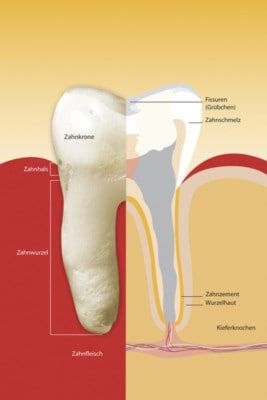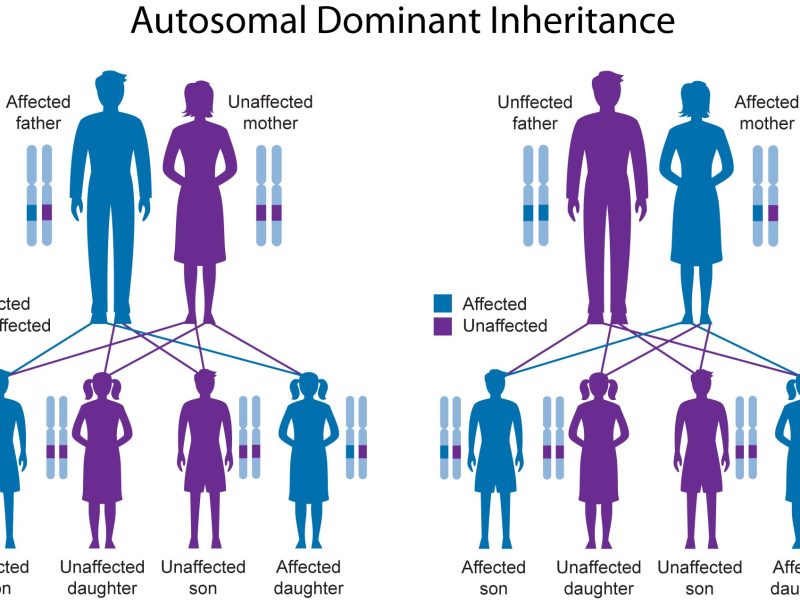root canal action and thus preserve the tooth
A sharp pain throbs in the molar tooth. Bacteria have reached the inside of the tooth. They are responsible for the inflammation of the nerve in the root canal. A root canal treatment becomes necessary.
- If bacteria penetrate the inside of the tooth, the nerve can become inflamed.
- Root canal treatment can save tooth.
- The dentist cleans and fills the root canal
Caries is usually the cause
Inflammation of the nerve in the root canal is usually caused by deep caries. But bacteria can also get inside the tooth if it is broken due to an accident. If the inflammation remains untreated, the bacteria can spread further via the root tip into the surrounding tissue.
The classic, painful “thick cheek” with accumulation of pus can develop. A painless death of the tooth nerve is also possible. The local chronic inflammation can lead to stress on the whole body. X-ray examination is necessary for diagnosis.
Root canal treatment can stop inflammation
To stop the inflammation of the tooth nerve and to preserve the molar tooth, the dentist can perform a root canal treatment. “The chances of success of a root canal treatment are very good if the tooth nerve is inflamed, but the inflammation has not yet spread to the bone,” clarifies private lecturer Dr. Thomas Schwarze, Hanover.
“If the bone is already inflamed and the tooth nerve has died, root canal treatment can in many cases save the tooth.”The quick visit to the dentist is therefore worthwhile in any case.
What happens during root canal treatment?
In preparation for the root canal treatment, the dentist can apply a small elastic cloth around the tooth. This so-called cofferdam keeps the tooth free of saliva as well as bacteria during root canal treatment and facilitates the treatment. At the beginning of the treatment, the dentist usually opens the tooth under local anesthesia.

He removes the infected tissue with very thin instruments. In addition, the dentist rinses the root canal with an antibacterial solution. At the same time, he uses X-ray images to check the success of the treatment. Electronic root canal length determinations are helpful in treatment. Several sessions may be necessary.
In the meantime, the dentist treats the tooth with an anti-inflammatory or antibacterial insert and closes the tooth temporarily. It is important to remove all bacteria from the canal if possible. Then the root canal gets a bacteria-proof filling – usually made of gutta-percha, a rubber-like mass.
Tooth final restoration
In order to completely restore the tooth and prevent the re-invasion of bacteria, it finally receives a final filling. However, it is often treated with a crown or partial crown made individually by a dental technician in a dental laboratory. After six to twelve months, an X-ray shows whether the root canal treatment was successful.
If this is not the case, it is often worth repeating the treatment. Sometimes it is necessary to surgically expose the root tip with a so-called root tip resection and to remove the inflamed tissue.


